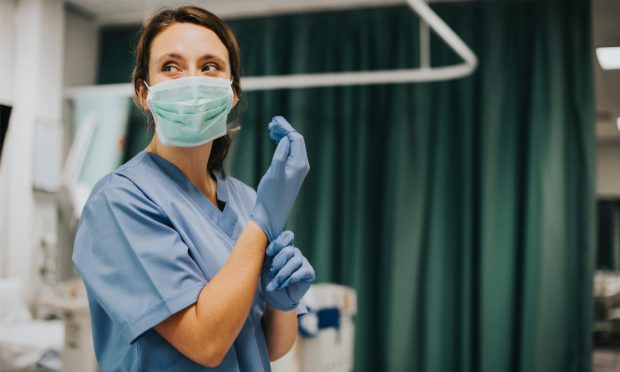Healthcare Organizations Turn to Gig Apps for Hiring, Payroll Help Amid Nursing Shortage

It shouldn’t come as much of a surprise that the pandemic has compounded one of the biggest problems facing healthcare in the U.S.: a continued deficit of nurses and other providers that’s leaving hospitals, practices and nursing homes short-staffed — and putting patients at risk of going without care.
Burnout is real, and practitioners are leaving clinical settings en masse. Finding applicants willing to shoulder the increased workload has become such a problem that only 1% of the nation’s nursing homes are operating with a full staff, according to one recent industry survey.
That’s just one telling statistic out of many. Combating them all can mean the difference between life and death in some instances, and it’s giving rise to creative solutions that tap into the power of the gig economy to give healthcare workers, and the organizations hiring them, new tools so they can rise to the challenge.
One recent entry into the emerging market, Gale Healthcare Solutions, is working to solve this with an app that connects these clinicians with healthcare facilities that need clinical support.
“What we’re always focused on is serving one more patient, making sure the patients have the level of care that they need and deserve,” Julie Dunphy, chief financial officer at Gale, told PYMNTS. “That completely redefines your role, especially as a CFO, when you have that humanity part of the job.”
Related: 28% of Patients Would Like to Use Digital or Mobile Wallets to Pay for Healthcare
Proving Flexibility to Both Clinicians and Healthcare Facilities
She added that the app was developed to take staffing for these facilities to the next level by “blending humanity and technology.” With the gig marketplace developed by Gale, the facilities can enter in their shifts and the clinicians can pick up the shifts when they need them.
Healthcare facilities can put in shifts both when they have an immediate need and months in advance — so clinicians can not only pick up ancillary shifts when they need them, but also plan and fill their shifts for months.
“That’s really empowering them,” Dunphy said. “It speaks to the overall demand that we’re seeing in the U.S. for the gig marketplace, the gig economy, and we’re able to provide that to our clinicians.”
About 40,000 clinicians are currently credentialed within the app and ready to pick up shifts. Some use the app for ongoing work while others use it to pick up a shift if they need extra income to pay for an emergency expense.
Paying Clinicians Daily
The app houses the clinicians’ credentialing, keeps it up to date and provides the information to the facilities so they know the clinician is credentialed and reliable. In addition, Gale provides the clinicians daily pay — as soon as 9 minutes after they clock out.
“The pay component for the clinicians is something that really sets us apart,” Dunphy said. “That’s why clinicians continue to use Gale and continue to want to be part of this technology-enabled platform.”
Because all the data is collected digitally, everything is seamless. The app handles shifts, real-time pay to the clinicians and billing to the facilities are done within the app. The shift data is approved by the facilities and then moved into the invoicing process on a weekly basis. The facilities then pay.
“It’s very, very easy to support because of the tech,” Dunphy said.
See also: Deep Dive: The Growing Demand for Instant Payment Options Across the Economy
Collecting and Distributing Payments
Because Gale works with a wide range of facilities and ownership groups, the company receives checks as well as automated clearing house (ACH) payments. While Gale has a lockbox where these are deposited, checks are a small and shrinking portion of payments.
“Where we’ve eliminated a lot of that noise is really on the pay side,” Dunphy said. “Because we can deposit this money electronically and get it in the hands of the clinician, that has been eliminated. No longer are they waiting for a check to come in the mail.”
By providing these services, Gale has been hiring and growing. The technology offers flexibility to both the clinicians and the healthcare facilities.
“Clinicians really, really like using the platform, and so do the facilities,” Dunphy said.

